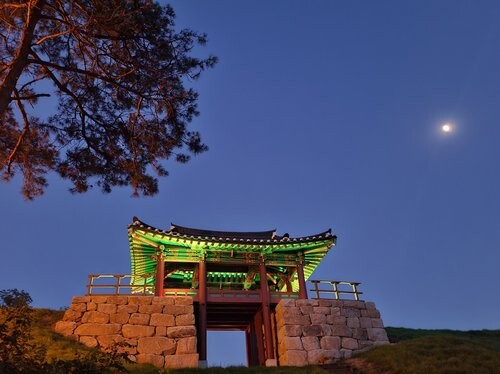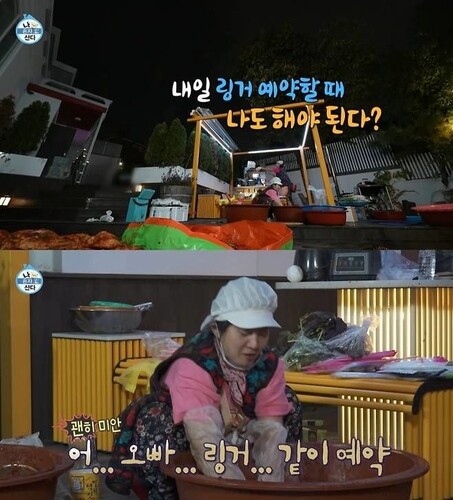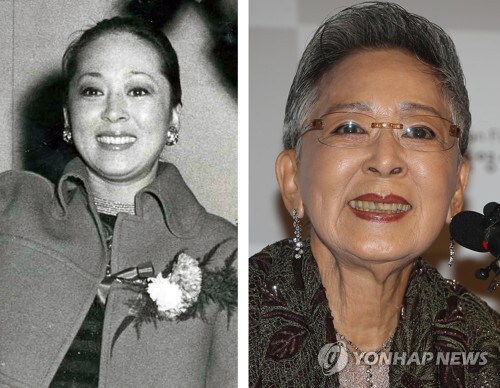 |
| ▲ This evening view of Seocheon Eupseong Fortress in Seocheon County, South Chungcheong Province, is provided by Seocheon County. (PHOTO NOT FOR SALE) (Yonhap) |
SEOUL, July 17 (Yonhap) -- The Korea Heritage Service announced Thursday that it plans to designate Seocheon Eupseong Fortress in Seocheon County, South Chungcheong Province, as a national historic site.
Built with stone during the reign of King Sejong (r. 1418–1450) of the Joseon Dynasty, the coastal fortress was constructed to defend against Japanese raiders attempting to enter the inland regions of Chungcheong via the Geumgang River estuary. Unlike most coastal fortresses, Seocheon Eupseong was unusually built on elevated terrain.
Although its public office facilities were damaged during the Japanese colonial period due to the 1910 "Joseon Eupseong Demolition Ordinance" that led to the removal of most town fortresses across the country, a large portion of Seocheon Eupseong's stone walls remain intact. Of its original 1,645-meter perimeter, approximately 1,535.5 meters — or 93% — is still preserved.
According to the Korea Heritage Service, the fortress is of high historical value as it reflects changes in fortress construction policies during the Joseon era. It displays both the "stepped inner wall" technique prescribed in the 1438 fortress construction map (Chukseong Sindo) and the "vertical inner wall" method proposed by Yi Bo-hum in 1443, as seen in the construction of Hanyangdoseong (Seoul City Wall).
Historical texts such as Chungcheong-do Eupji indicate that Seocheon Eupseong originally had 17 chiseong (turrets projecting from the walls to repel attackers), and 16 of them have been confirmed through current research.
The fortress’s chiseong are arranged at intervals of approximately 90 meters — significantly closer together than the 150-bo (approximately 155 meters) standard recorded in the Annals of King Sejong in 1433, highlighting a unique structural layout rarely seen in other fortresses.
Additionally, the fortress features a haeja — a defensive moat encircling the walls. Given that historical records from the Annals of King Munjong in 1451 describe the fortress site as steep and difficult to excavate, the moat is believed to have been constructed after the main fortress was completed.
The Korea Heritage Service will collect public feedback for 30 days before making a final decision on the designation through a Cultural Heritage Committee review.
(C) Yonhap News Agency. All Rights Reserved















![[가요소식] 데이식스, 겨울 시즌송 '러빙 더 크리스마스' 발매](https://korean-vibe.com/news/data/20251215/yna1065624915955227_669.jpg)







